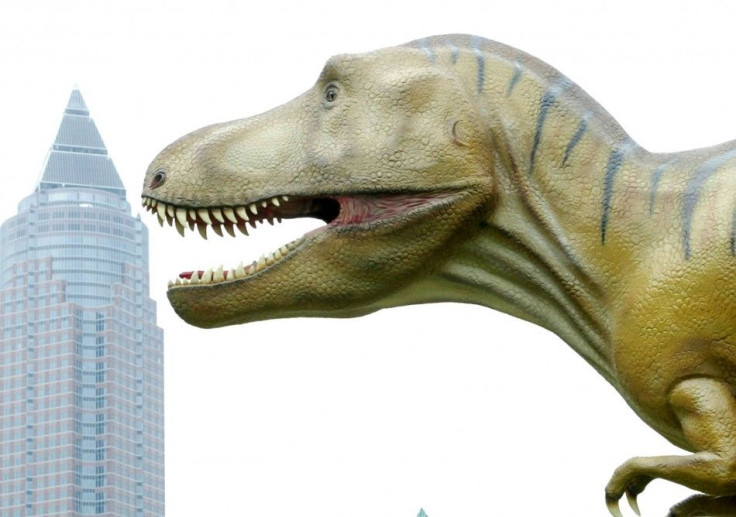Tyrannosaurus Rex Was Bigger and Heavier: Study

A new study has found that the prehistoric predator Tyrannosaurus rex was even bigger and heavier than it was estimated previously.
Researchers analyzed five skeleton fossils of the T. rex using three-dimension scanning and computer modeling.
The fossils analyzed include Sue, which is the largest and most complete T. rex specimen ever found. The analysis showed Sue weighed 9 tons, 30 percent more than expected.
Interestingly, the smallest and youngest specimen weighed less than it was previously thought. This indicates that T. rex grew more than twice as fast between the ages of 10 and 15 years.
At their fastest, in their teenage years, they were putting on 11 pounds or 5 kilograms a day, Reuters quoted John Hutchinson of the Royal Veterinary College in London, who co-led the study, as saying. This suggests they must have had a high metabolic rate, fueling the idea they were warm-blooded.
He said the larger body mass indicated better agility and stronger lower-leg muscles of the predator.
The study, which was published Wednesday in the scientific journal PLoS ONE, sheds light on the eating habits of the T. rex. Hadrosaurs, plant-eating and duck-billed dinosaurs, were the meal for the giants.
T. rex needed extensive territory and they were probably relatively rare, the study suggests.
© Copyright IBTimes 2024. All rights reserved.











